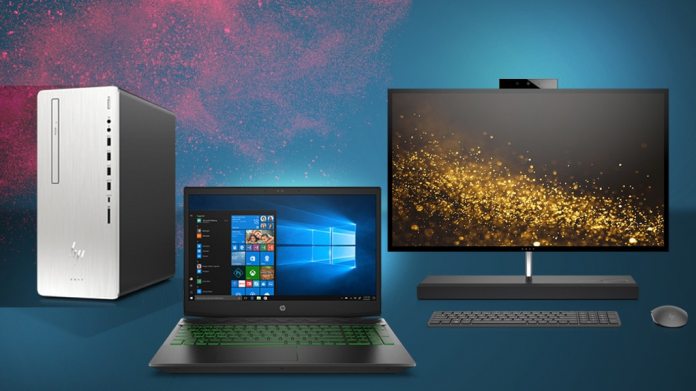Luckily, there are ways you can get Windows 10 Build 17763.1 before Microsoft rolls it out next week. Below we will detail a method for updating the ISOs right now, but first some important caveats. Not least the possibility Build 17763.1 is not the RTM release. While the consensus seems to be this is the finalized version of the October 2018 Update. However, there are instances where the supposed RTM build has been succeeded by a new release. This was most evident with the Windows 10 April 2018 Update. Microsoft sent out an RTM build for the update in the form of Build 17134 but later found a bug in the release. The company was forced to continue tweaking the April 2018 Update with a couple more preview builds. Because of this, the April 2018 Update was delayed nearly a month. While this could happen again, it is worth remembering the situation surrounding the April 2018 Update was rare. Considering we already know the October 2018 Update will launch in early October, it seems very likely that Windows 10 Build 17763.1 is the RTM.
ESM-Download of Windows 10 October 2018 Update
If you don´t want to wait until Microsoft finally pulls the trigger to release the Windows 10 October 2018 Update, there is a way to create yourself ISO-files for installation, even before Microsoft will put those online. Microsoft has uploaded ESD-files for Windows 10 Build 17763.1 to its servers and links to those files have been published in a pastebin-document. Those ESD-files are most probably the RTM-version of the Windows 10 October 2018 Update that will then be offered via Windows Update. With the method detailed below, you can create installable ISO-files from them and install the Windows 10 October 2018 Update already today.
1. Download ESD-files for the desired edition
The client Business Volume ESD downloads are available in EN/US here for the following Windows editions:
Windows 10 Education Windows 10 Education N Windows 10 Enterprise Windows 10 Enterprise N Windows 10 Pro Windows 10 Pro N
The client Consumer Retail ESD downloads are also available in EN/US and can be downloaded here for the following editions:
Windows 10 Home Windows 10 Home N Windows 10 Home Single Language Windows 10 Education Windows 10 Education N Windows 10 Pro Windows 10 Pro N
Microsoft also has update files for x64 and x86 versions, while all current supported Windows 10 languages are available at pastebin.com.
2. Decrypt ESD-file and save it in ISO-format
To work with the ESD file, you will need to be able to decrypt it and use it. An obvious solution is ESD-Decrypter, which is a tool that allows you to manage Windows setup files. For more information on ESD-Decrypter, check out the program’s official GitHub page. The direct link for the current version of the ESD-Decrypter is available here. To unpack the file, 7-ZIP is a very good option, but there are other solutions available. After having unpacked the ESD-Decrypter, Drag & drop your ESD-FILE to script-file called decrypt.cmd to start the ESM to ISO-conversion process Select option “1 – Create ISO with Standard install.wim” to create the ISO file.
3. Create a bootable USB-Stick and install Windows 10 October 2018 Update
To complete the installation of Windows 10 Build 17763.1, create a bootable USB-Stick. A fantastic option for doing this is Rufus, which allows the easy creation of bootable USB-Sticks. Rufus is very easy to use, with an efficient and fast way of creating the USB.




